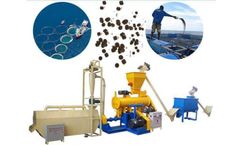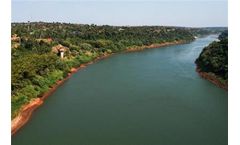Shrimp Water Articles & Analysis
7 articles found
It is conceivable that there must be a lot of fish and shrimp excrement in the water, and the water quality is bound to be poor. ...
Luckily, both systems are suitable for growing fresh shrimp; unlike many other species, shrimp can tolerate the high turbidity created by the biofloc system and the constant shifting of the bacterial load in the water. ...
What is the basic knowledge of shrimp farming? 1. Identify the quality of the water It directly affects the healthy growth and development of shrimp. ...
Shrimp are one of the most popular aquaculture species in the Philippines. Shrimp farming can be highly profitable, with higher harvest rates and relatively low production costs compared to other species when standardized, sustainable aquaculture approaches are followed. Disease outbreaks over the last two decades, however, have led to dramatic declines in the shrimp output and challenges for ...
They like to live in weakly acidic or neutral soft water. The best living water temperature is between 24℃ - 28℃. They like to eat animal bait. ...
For the aqua cultural projects, the main functions of anti-seepage geomembrane pond liner is to avoid direct contact between fish or shrimp, soil and water pollution. The ideal geomembrane pond liner for aquaculture is 1 mm in generally. ...
If the shrimp pond is not exposed, the water quality will be affected by the soil, making the water more turbid, and the shrimp drink turbid water, which will naturally affect the health of the body. ...






